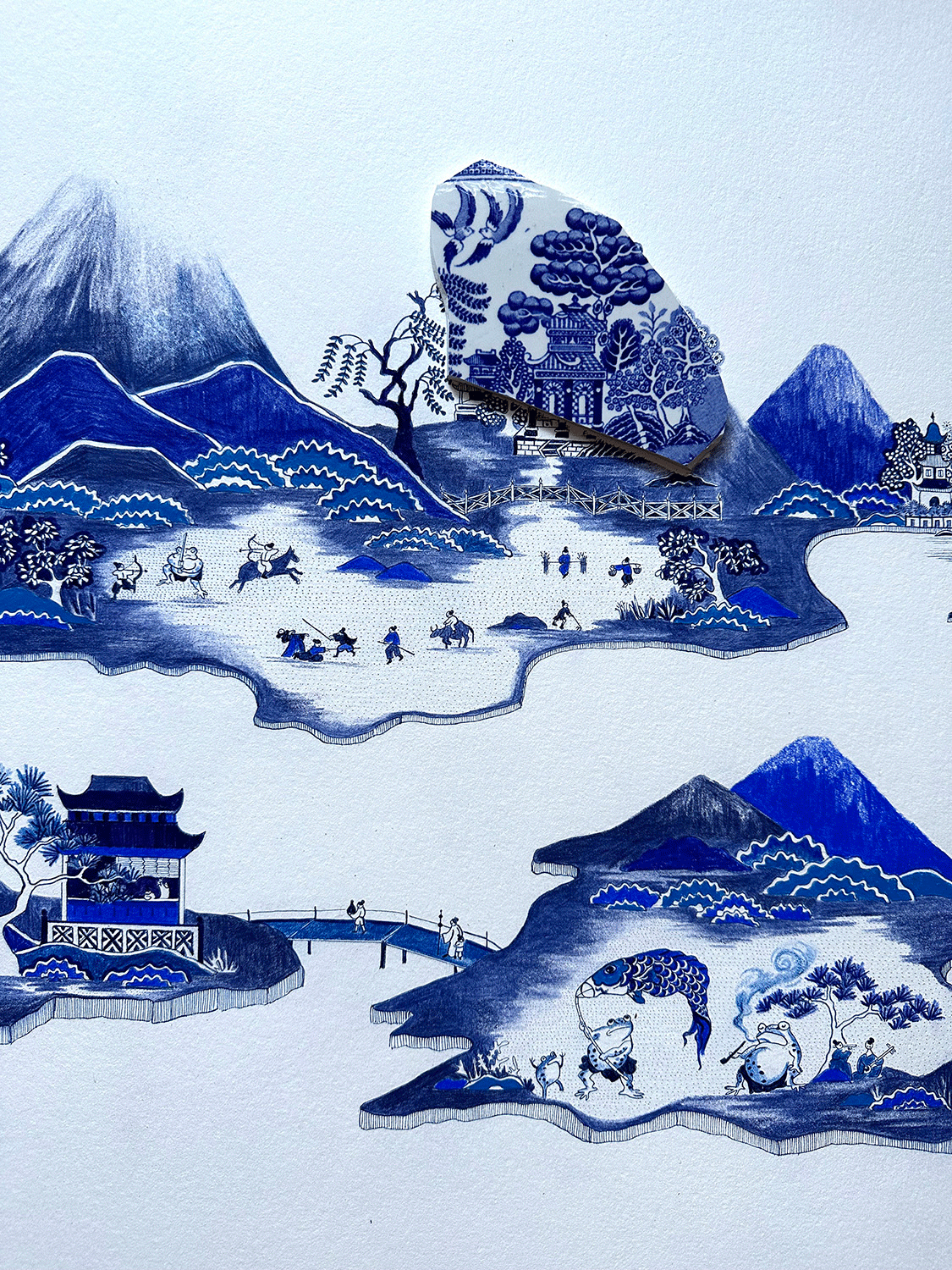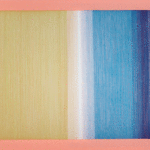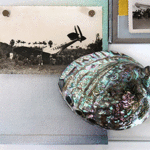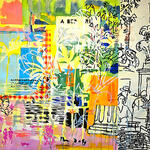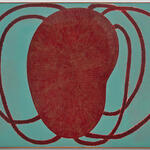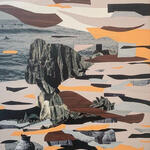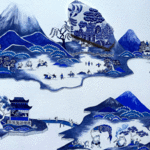Maria Ossandón
Bio
La miniatura o lo pequeño obligan al espectador a tener que acercarse necesariamente a las obras, porque no se aprecian desde la distancia. Esto se aleja de formas más frontales de acceder al arte, les obliga a cambiar las posiciones de los cuerpos que observan y les quita la “grandeza” que suelen tener las distancias.
Cuando miramos la naturaleza lo hacemos siempre con ojos cultivados, por lo tanto, no existe una naturaleza “verdadera” sino solo una construcción de ella y esa construcción es lo que determinamos como paisaje, por lo tanto, la palabra paisaje en la obra exige una interpretación, ya que los paisajes que reconocemos no son entidades independientes, no están fuera de nosotros, no son separables de nuestra memoria, de nuestras historias, de nuestras experiencias, de nuestros deseos o del ejercicio de nuestra libertad.
“Con ellos busco completar o reproducir las escenas que estos azulejos representan, tanto con el objetivo de serles fiel como permitiéndome una reelaboración personal.”
Statement
The miniature or the small obliges the viewer to have to necessarily approach the works, because they are not appreciated from a distance. This moves away from more frontal ways of accessing art, forces them to change the positions of the bodies they observe and takes away the "grandeur" that distances usually have.
When we look at nature we always do it with cultivated eyes, therefore, there is no "true" nature but only a construction of it and that construction is what we determine as landscape, therefore, the word landscape in the work demands an interpretation, since the landscapes we recognize are not independent entities, they are not outside of us, they are not separable from our memory, from our stories, from our experiences, from our desires or from the exercise of our freedom.
"With them I seek to complete or reproduce the scenes that these tiles represent, both with the aim of being faithful to them and allowing me a personal reworking."
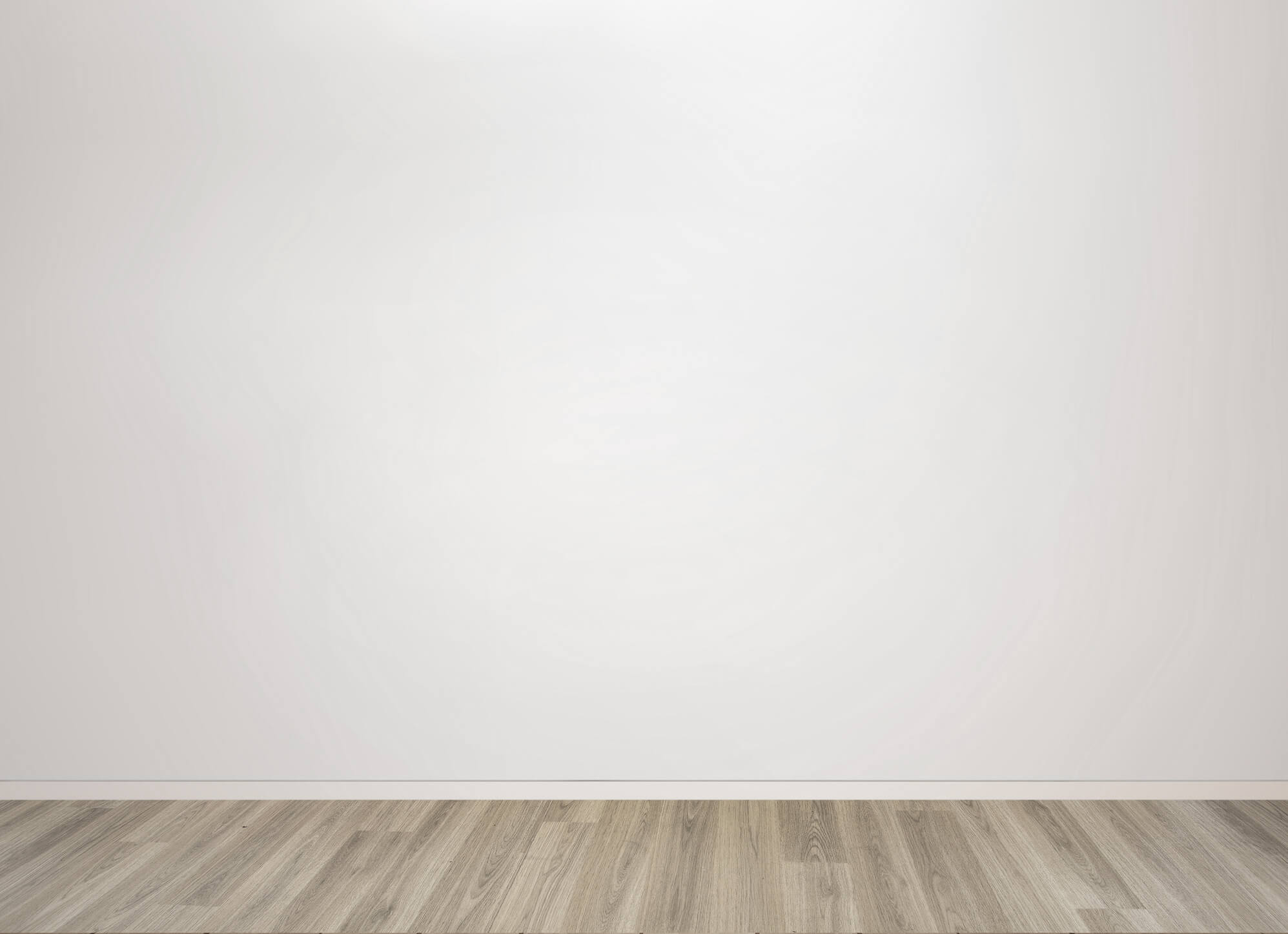

2.5 x 4m / 98.4 x 157 in
